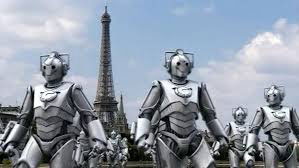Executive Master of Arts Administration, University of Zurich
Our cultural landscape is in a state of upheaval. Some critics see this exclusively as a threat, others celebrate the advance of the Popular Culture and the emerging digital forms of culture as a liberation from cultural paternalism. The truth probably lies somewhere between criticism and apology, or includes elements of both. This module will focus on the changes themselves and identify some trends within these transformations. The main drivers of the development here are technology as well as urbanisation. We look at concrete case studies in relation to both dynamics.
On the one hand it tries to show how technological innovation, as well as the challenges of digitisation, influences the practices and how everything interrelates to each another in the cultural realm – including its actors, institutions and content.
On the other hand, we’re going to look at how the city becomes a generator of new cultural trends and how the city subsequently pushes the boundaries of social inclusivity and cohesion through gentrification on the one hand, or migration on the other. Two mutually reinforcing effects therefore play an important role for the current cultural development and the role of art institutions. Social, economic and technological challenges and innovations have left deep traces in our cultural landscape. The Landscape liquefies” itself, becomes a plasma in which reality and virtuality merge. This has a fundamental influence on the work of cultural managers.
